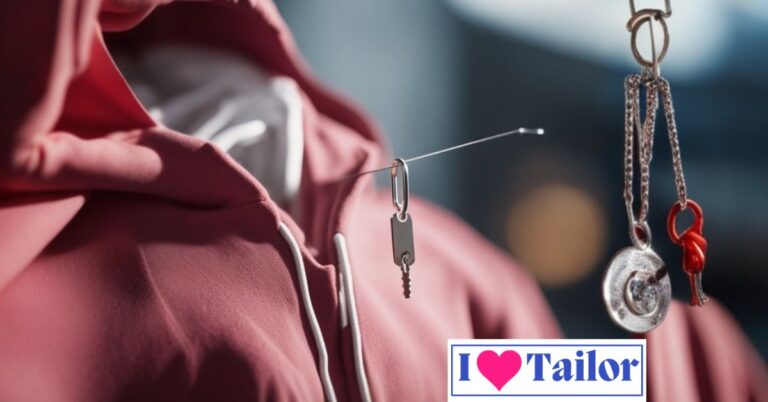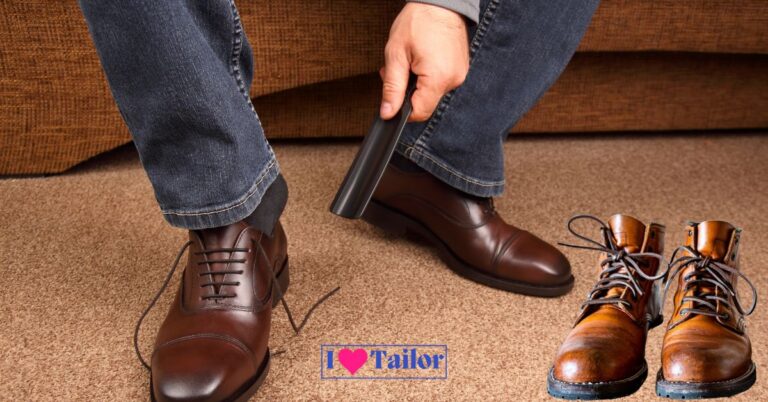Why is My Sewing Machine Skipping Stitches?
We’ve all been there. You’re in the middle of a sewing project, everything is going smoothly, and suddenly your sewing machine starts skipping stitches. The disappointment is real and the frustration is palpable. So, why is your Sewing Machine Skipping Stitches? Let’s get right into solving this commonly encountered problem by addressing the 10 issues that commonly lead to skipped stitches.
Related: How to change the needle on the sewing machine? (Singer, Brother, or Jucki)
Top 10 Issues That Cause Sewing Machine Skipping Stitches
1. Incorrect Threading
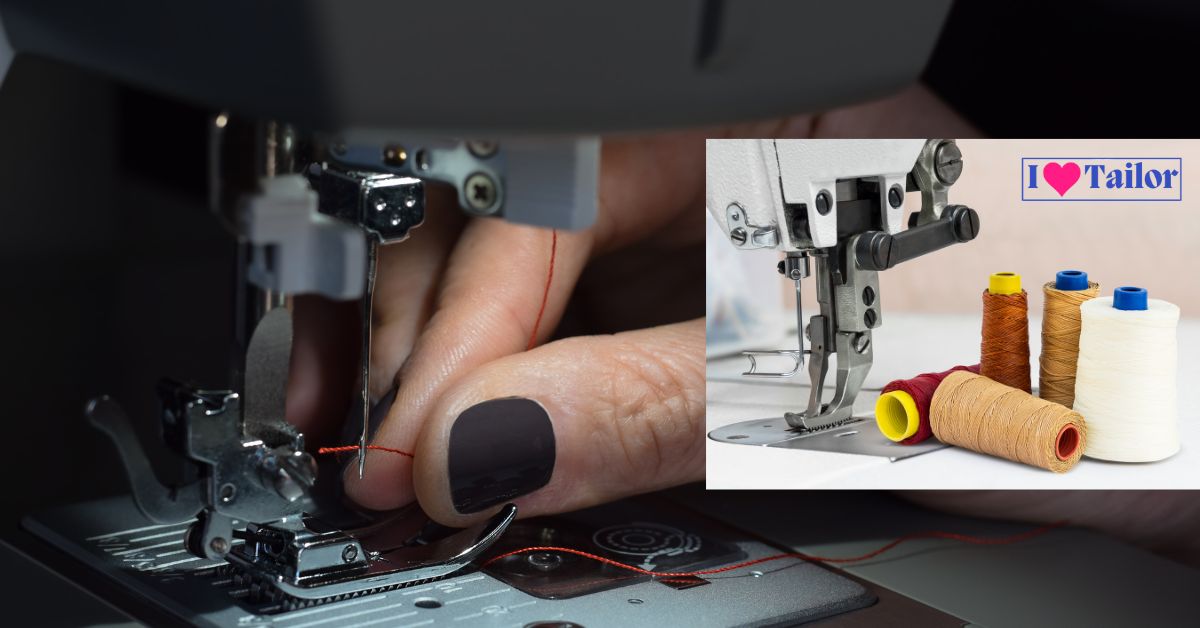
Improper threading is often the primary culprit behind skipped stitches. Always thread your sewing machine with the presser foot up. This opens the tension disks, allowing the thread to sit properly. Failing to do so can lead to incorrect tension and, consequently, skipped stitches.
2. Inappropriate Needle Type
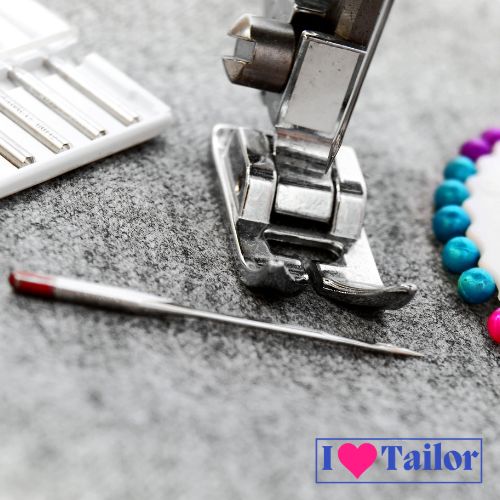
The type of needle you use should be compatible with your fabric. For instance, ballpoint needles are best suited for knit fabrics, while sharp needles are ideal for woven materials. Mismatched needle types can result in skipped stitches.
3. Worn or Damaged Needle
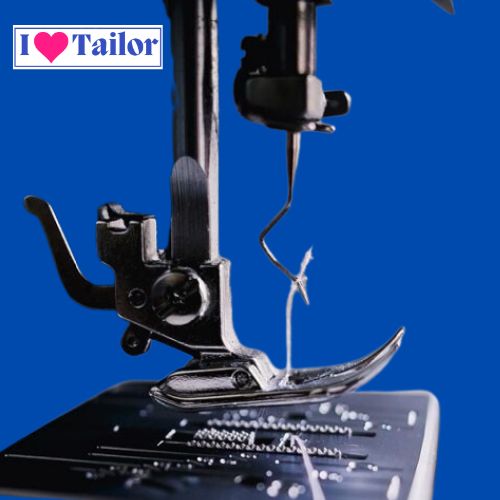
A needle that has seen better days can wreak havoc on your stitching. Check your needle for any signs of wear, bending, or burrs, and replace it if necessary. We recommend changing your needle after every 16 hours of sewing.
4. Incorrect Thread Tension
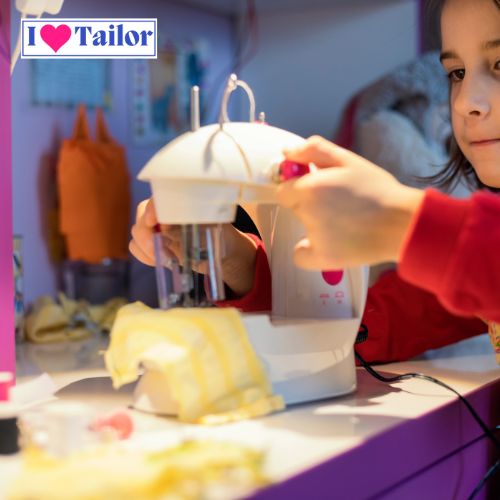
Too much or too little tension on your thread can lead to skipped stitches. The correct tension is crucial for creating even stitches. We recommend doing a tension test on a scrap piece of fabric before you start your project.
5. Poor Quality Thread
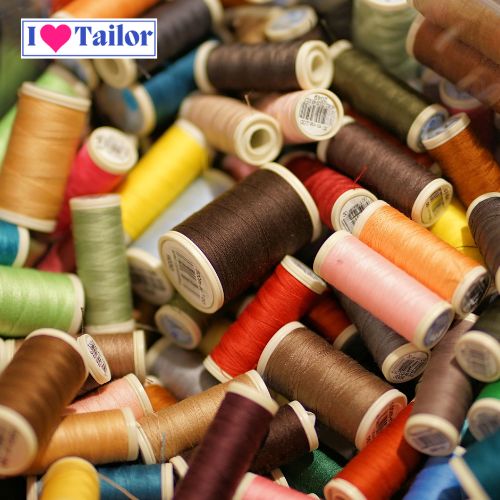
Inferior quality thread tends to fray, break, or cause uneven tension. Always opt for good quality thread from a reputable brand.
6. Incorrect Presser Foot Pressure
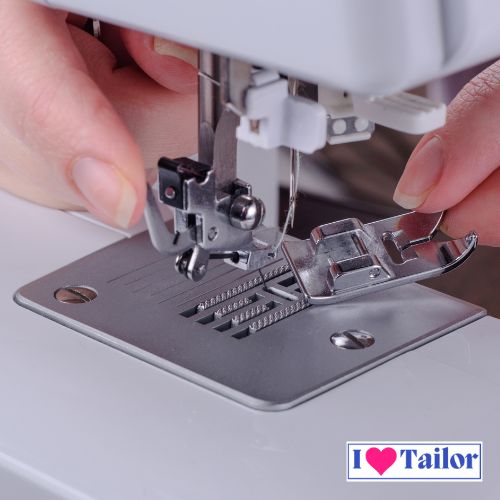
The presser foot holds your fabric against the feed dogs. Too much or too little pressure can lead to skipped stitches. Adjust the presser foot pressure according to the fabric you are using.
7. Lint Build-Up
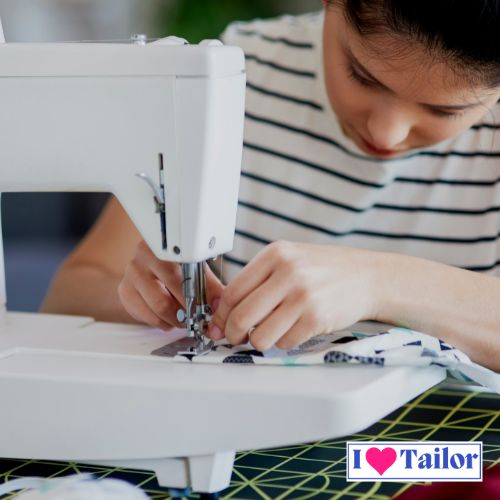
Over time, lint and small fabric pieces can accumulate in your sewing machine, especially under the needle plate. This build-up can cause your machine to skip stitches. Therefore, regular machine cleaning is essential.
8. Unbalanced Bobbin

An unbalanced bobbin can disturb the thread tension, causing your sewing machine to skip stitches. Make sure to wind your bobbin evenly for consistent stitching.
9. Machine Timing

If your sewing machine’s timing is off, the needle and the bobbin may not align properly, leading to skipped stitches. Machine timing is best adjusted by a professional.
10. Incorrect Machine Settings
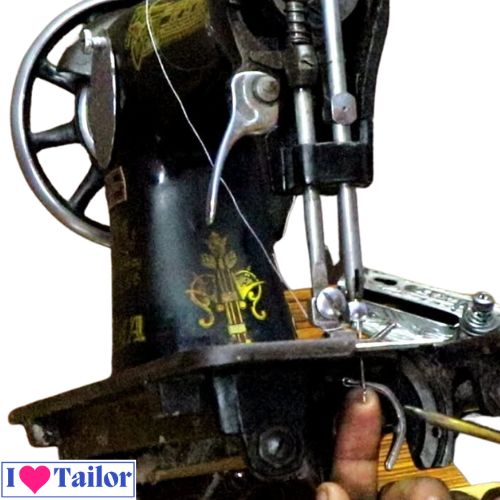
Last but not least, incorrect settings on your sewing machine can lead to skipped stitches. Always ensure your machine is set to the appropriate settings for the fabric and type of stitch you are using.
FAQs
How do I stop my sewing machine from skipping stitches?
To stop your sewing machine from skipping stitches, start by rethreading the machine and replacing the needle with a new, appropriate type for your fabric. Ensure that the bobbin is correctly seated and adjust the tension settings as needed. Always test on scrap material to confirm the issue is resolved.
What is the cause of skipping stitches?
Skipping stitches can be caused by a dull or bent needle, improper threading, or incorrect tension settings. Ensure that the machine is properly threaded and consider replacing the needle. A quick tension adjustment and test sewing on scrap fabric can help diagnose the issue.
What is the correct tension for a sewing machine?
The correct tension for a sewing machine varies by project, but ideally, stitches should appear even and lie flat on the fabric without puckering or looping. Both the upper thread and bobbin thread should meet in the middle of the fabric layers. Always test on scrap material first to dial in the perfect tension.
How do you adjust bobbin tension?
To adjust the bobbin tension, first remove the bobbin case and locate the small screw on the side. Use a screwdriver to gently turn the screw: clockwise to increase tension, counterclockwise to decrease. Always test your adjustments on scrap fabric to ensure optimal stitching.
What will happen if the tension on the bobbin thread is too loose?
If the tension on the bobbin thread is too loose, you’ll likely experience uneven stitching and looping on the underside of the fabric. This can compromise the integrity and appearance of your project. Proper tension adjustments are essential for quality sewing outcomes.
Conclusion
Understanding and addressing these issues will set you on the path to seamless stitching, quite literally. Follow these guidelines diligently and you will greatly reduce, if not completely eliminate, the chances of experiencing skipped stitches in your sewing projects.


